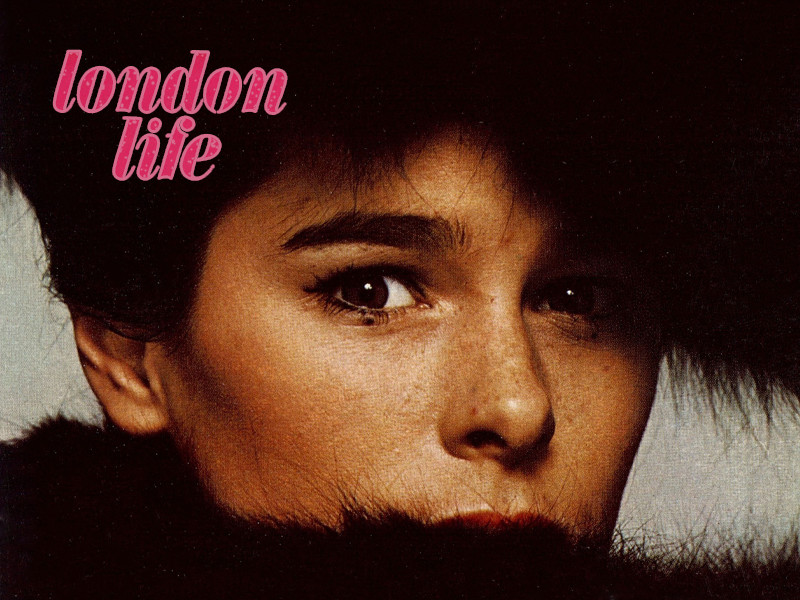
BBC Handbooks, Annual Reports, and Accounts, 1927–2002

British Broadcasting Corporation, 1927–2002
To understand this unique institution is to go some considerable way to understand the wider society and culture; from changing ideas about class and the monarchy to the declining influence of the church and the rise of celebrity.Bournemouth University
Access the full collection
Access the full archive of BBC Handbooks, Annual Reports, and Accounts, 1927–2002.
Institutional Free Trial
Start your free trialRegister for a free 30-day trial of BBC Handbooks, Annual Reports, and Accounts, 1927–2002, for your institution.
Institutional Sales
Visit Sales PagesellFor more information on institutional access, visit our sales page.
Single User License
Purchase a license below to view the full collection.
Already have a license? Sign in.
Explore major cultural changes in Britain and beyond through twentieth-century broadcasting

The British Broadcasting Company became the British Broadcasting Corporation on 1 January 1927. This institution quickly became an iconic part of British culture. The BBC established its reputation as an indispensable broadcaster and pioneered an influential role in global broadcasting, becoming the oldest and largest major broadcaster. Funding for the BBC comes primarily from taxation, which has led to increased public scrutiny concerning its objectives and spending. In response, the BBC has deemed it necessary to publish an annual report explaining what it does and why. These handbooks are included in this fascinating collection, thereby providing key insights into the internal workings of the BBC.
This collection contains the annual reports, as well as accounts, that were published by the BBC between 1927 and 2002. In addition, the collection includes a review of each year’s public service broadcasting, with detailed schedules, audience research, performance and objective tables, commentaries, and editorials. Together, these sources provide students, educators, and researchers with a unique opportunity to explore the social and cultural forces that shaped the BBC, as well as Britain and the wider world, throughout much of the twentieth century.
(The BBC word mark and logo are trade marks of the British Broadcasting Corporation and are used under licence. BBC Logo © BBC 1996.)
Contents
BBC Handbooks, Annual Reports, and Accounts, 1927–2002...
British Broadcasting Corporation, 1927–2002
Discover
Highlights
Insights
The BBC’s handbooks often follow the same template. Typically, they include a review of the year, notable programmes, names of senior staff/governors, engineering developments, audience trends, accounts, and the BBC’s charter.
The BBC has been funded primarily through taxation. This has increased the public scrutiny that the BBC faces. Consequently, the corporation has felt the need to justify its existence and to communicate its ethos to the public.
The BBC handbooks are illustrated and contain original artwork from influential artists, such as Heath Robinson, Aubrey Hammond, and Arthur Watts.
Often used as a PR document, the BBC handbooks sometimes feel like a defence of the corporation's existence and do not engage critically with its activities. Some statistics appear to be elected in order to fit the narrative being pushed by the BBC at a given moment in time. For instance, the categorisation of shows can be brought into question.
The Second World War helped to solidify the credibility of the BBC—people relied upon its news reports and valued their accuracy, as well as the corporation's independence. The BBC's reputation was likewise enhanced by the journalism of figures such as Frank Gillard, Richard Dimbleby, and Wynford Vaughan Thomas. The handbooks from the Second World War are included in this collection.
Unlock Historical Research for Your Institution
Provide your students and researchers with direct access to unique primary sources.
Related Media

-800x600.jpg)
-800x600.jpg)
-800x600.jpg)
-800x600.jpg)




.svg)
